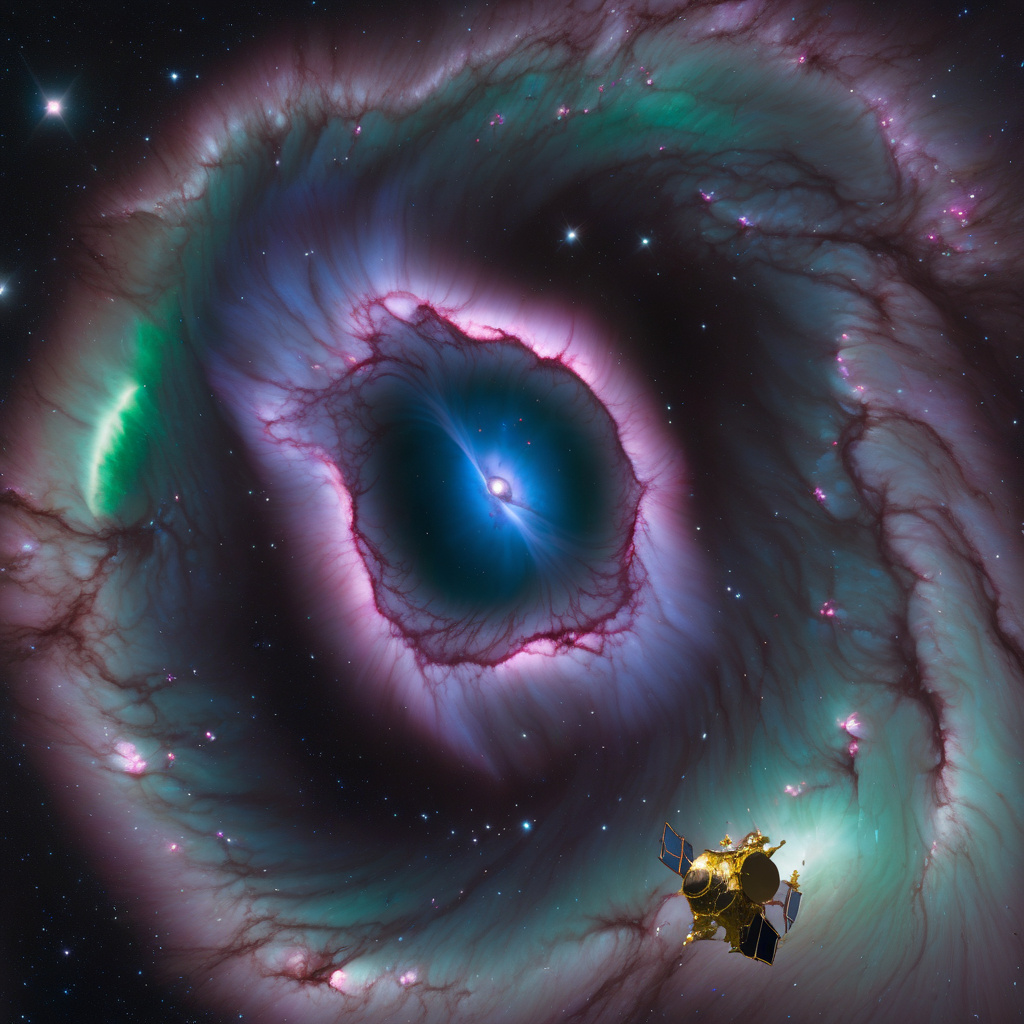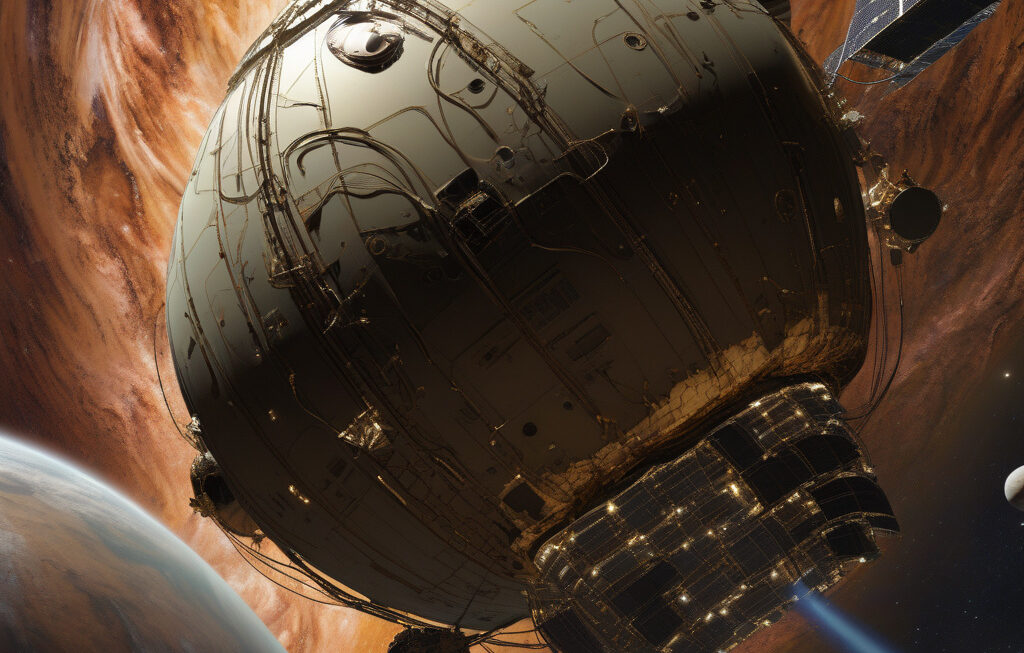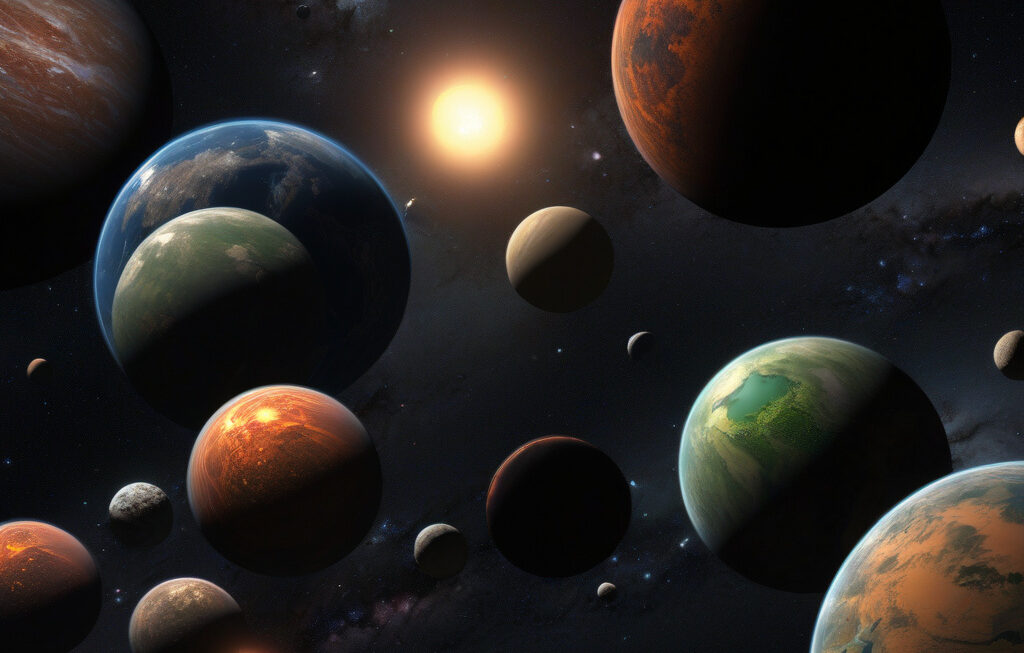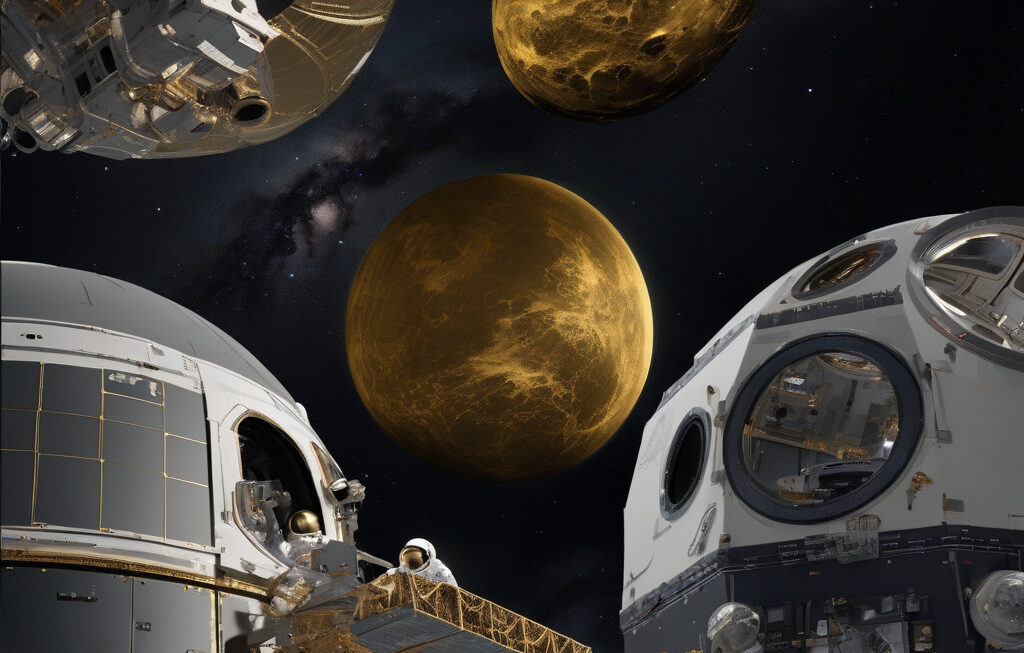NASA’s Webb Telescope Captures Neptune’s Auroras in Stunning Detail for First Time
For the first time ever, NASA’s James Webb Space Telescope—humanity’s most powerful eye in space—has captured breathtaking images of Neptune’s auroras with unprecedented detail. This remarkable feat marks a significant milestone in our exploration of the outer reaches of our solar system.
Neptune, the eighth and farthest known planet from the Sun in our solar system, is a gas giant that is often shrouded in mystery due to its distance and relatively little is known about it compared to its closer neighbors. However, thanks to the advanced technology of the James Webb Space Telescope, scientists and space enthusiasts alike can now marvel at the beauty and complexity of Neptune’s auroras like never before.
Auroras, also known as the northern and southern lights on Earth, are caused by the interaction between a planet’s magnetic field and charged particles from the Sun. These mesmerizing light shows are not unique to Earth, as other planets in our solar system, including Neptune, also exhibit their own versions of auroras.
The images captured by the Webb telescope reveal intricate details of Neptune’s auroras, showcasing the planet’s dynamic and ever-changing atmosphere in stunning clarity. Scientists are eager to analyze these images to gain a better understanding of the underlying processes that drive Neptune’s auroras and how they compare to those of other planets.
The James Webb Space Telescope, a joint project of NASA, the European Space Agency (ESA), and the Canadian Space Agency (CSA), was launched with the goal of pushing the boundaries of our knowledge of the universe. Equipped with cutting-edge technology and instruments, including a giant segmented mirror, the Webb telescope is designed to capture images with unparalleled resolution and sensitivity.
In addition to studying Neptune’s auroras, the Webb telescope will also be used to investigate other celestial bodies, distant galaxies, and mysterious cosmic phenomena. Its ability to observe the universe in infrared light allows scientists to peer through cosmic dust clouds, observe the formation of stars and galaxies, and uncover hidden secrets of the cosmos.
The successful capture of Neptune’s auroras by the James Webb Space Telescope highlights the importance of investing in space exploration and pushing the boundaries of scientific discovery. By studying the outer planets of our solar system, we not only gain valuable insights into the formation and evolution of planetary systems but also deepen our appreciation for the beauty and diversity of the cosmos.
As we await further discoveries and revelations from the Webb telescope’s mission, one thing is certain: the stunning images of Neptune’s auroras serve as a reminder of the endless wonders that await us in the vast expanse of space.
neptune, auroras, nasa, james webb space telescope, space exploration












